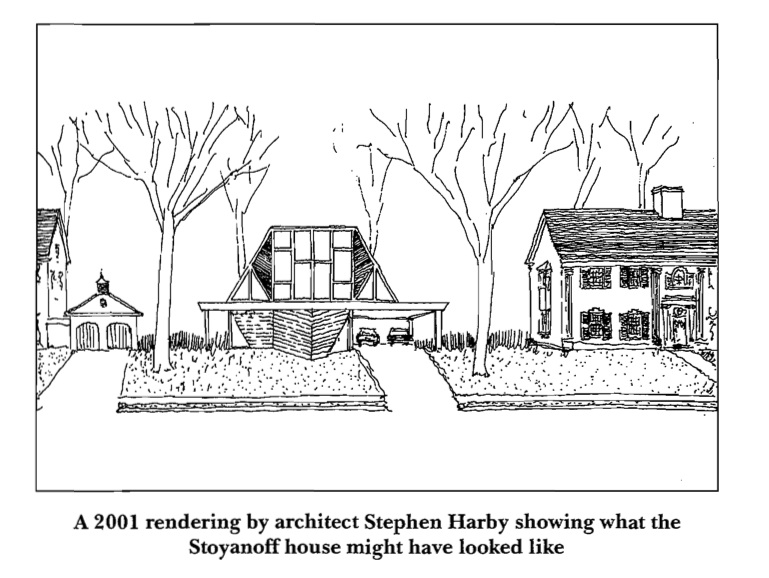Joan Biskupic’s great new book, Breaking In, provides some insights into how President Obama chose Sonia Sotomayor over Diane Wood for David Souter’s seat. At the beginning of the President’s term, the short list was three, with a serious Chicago focus–Diane Wood, Elena Kagan, and Sonia Sotomayor.
He was attracted to other candidates he knew from Chicago’s academic enclave of Hyde Park . His preliminary list, right after the 2008 election, was topped by three names: Diane Wood, a judge on the U.S. Court of Appeals for the Seventh Circuit who lectured at the University of Chicago; Cass Sunstein, a Harvard law professor who earlier had taught at the University of Chicago; and Elena Kagan , a former University of Chicago professor who had become dean of Harvard Law School. 8 Sotomayor’s inclusion on Obama’s expanded list arose from her education, experience , and connections, as well as the diversity she would offer.
Following the announcement of Souter’s retirement, the President was strongly leaning towards Diane Wood.
In the early weeks of the search, advisers said, Obama leaned toward Judge Wood, who had served on the Seventh Circuit since 1995.
Kagan seemed to be the runner-up.
She had no record as a jurist, so observers were not sure whether she had the liberal vigor of Wood. As a new U.S. solicitor general in the spring of 2009,
Sotomayor seemed to be in third place.
Sotomayor lacked the scholarly reputation of Kagan and Wood, but she had graduated from two of the most intellectually rigorous schools in the country. Sotomayor had a long, relatively uncontroversial judicial record; the Ricci decision stood out. She had served seven years as a trial judge and eleven years as an appellate judge. She did not have the direct personal link to the president that Wood and Kagan had, but she had other connections that proved helpful—her Second Circuit judicial colleagues, Manhattan district attorney Robert Morgenthau, and advocacy groups that had long been pushing for the first Hispanic justice.
Sotomayor’s selection raised a different interplay between diversity and qualifications:
The Hispanic Congressional Caucus, chaired by Democratic U.S. representative Nydia Velázquez, was persuading African Americans in Congress to throw their support behind Sotomayor. Velázquez, a Puerto Rican who grew up in the Bronx, lobbied for the promise that if a black candidate did not make Obama’s short list, the Congressional Black Caucus would back Sotomayor. For Obama, ethnicity cut both ways. He understood the value of diversity, but as the man who had not asserted his own racial identity in his campaign, he did not want to be seen as choosing someone simply because of her color and ethnic heritage. He wanted someone he could say had a superior intellect and judicial demeanor. Almost immediately, critics of Sotomayor were raising doubts.
But what sold Obama on Sotomayor, over Wood or Kagan, seems to have been the interview. Sotomayor nailed it.
When it was time for her meeting in the Oval Office, Sotomayor said she felt at ease and ready to represent herself to the utmost. She highlighted her regard for precedent and said she thought the way she challenged litigants on the bench was an effective way to probe a case. She said she could recall only one other interview during which she felt she was able to so effectively represent herself and her legal strengths— and that was with Moynihan, nearly two decades earlier, when the senator was interviewing potential district court candidates. A graduate of Columbia College and Harvard Law School himself, Obama was also impressed that she had the topflight credentials from Princeton and Yale, from Morgenthau’s office, and from her tenure as an appeals court judge on the Second Circuit. But it was her personal intensity and her continued connections to her community that really struck him. The Bronx Latina had not forgotten her roots. Knowing such struggles well, Obama admired how she had traversed worlds defined by race and ethnicity. He kept her in the Oval Office for an hour— a good sign, because Obama had a reputation for winding up conversations quickly if he felt they were not going anywhere. As they parted, Sotomayor told him that no matter what he decided, he had made her “the happiest person” simply by his consideration of her. 27 “Wow, she was great,” Obama told top aides.
Were it not for the interview, we very well may have had Justice Wood.
Some said later that if the interview had not gone so well, Obama might have chosen Diane Wood. Said Craig, “As far as I was concerned, watching him, it was between her and Diane Wood.”
FLOTUS also backed Sotomayor. Biden too.
Michelle Obama favored Sotomayor. The First Lady had attended Princeton University as an undergraduate and— almost a decade after Sotomayor— found refuge in the Third World Center. A lawyer, Michelle Obama believed Sotomayor was fully up to the job of a Supreme Court justice. 28 Vice President Biden interviewed Sotomayor by phone on Sunday , May 24. On Monday, Memorial Day, it all seemed settled. President Obama was ready to elevate Judge Sotomayor. But it took him several hours— nearly the whole day— to call her as he had planned. Some Obama advisers started to worry that he was having second thoughts. But it was his way to want to reflect on such a momentous choice.
Fascinating back-story.








![[Fallingwater: fall photo]](http://www.wright-house.com/frank-lloyd-wright/fallingwater-pictures/fallingwater-1.jpg)
